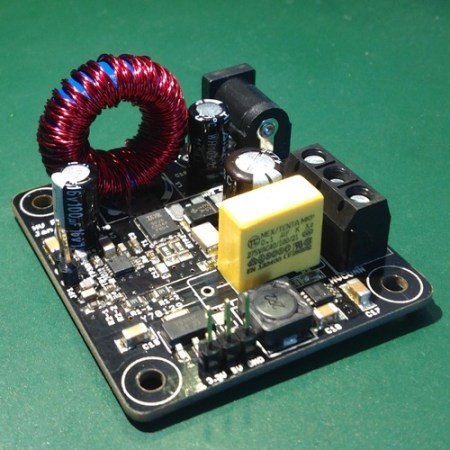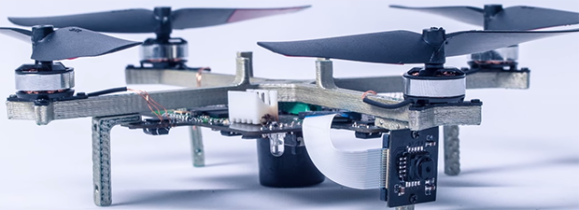
We saw this pop up a few times before and to be honest, we weren’t sure if it was actually real or not. This is the Advanced Tactics Black Knight Transformer — the world’s first VTOL (vertical take off and landing) aircraft that also doubles as an off-road vehicle.
Designed and built in California, it just received government approval and Advanced Tactics has released the first driving and flight test video. It was apparently designed as a rapid-response evacuation vehicle for wounded soldiers in war affected zones. It features a whopping eight individually driven rotors that swing out on “transforming” arms during flight. It also has a removable ground drive-train which can be swapped out for an amphibious boat hull, or even a cargo pod!
At the forefront of large-scale multicopter design and manufacturing, we poked around Advanced Tactic’s website a bit and found another one of their projects, the Transformer Panther sUAS — a miniature version of the Black Knight, designed as a small unmanned aircraft system that is also capable of land and sea use.
Stick around after the break to see them in action — and let us know what you think!
Continue reading “Black Knight Transformer — A Military Octorotor You Can Ride In”

















